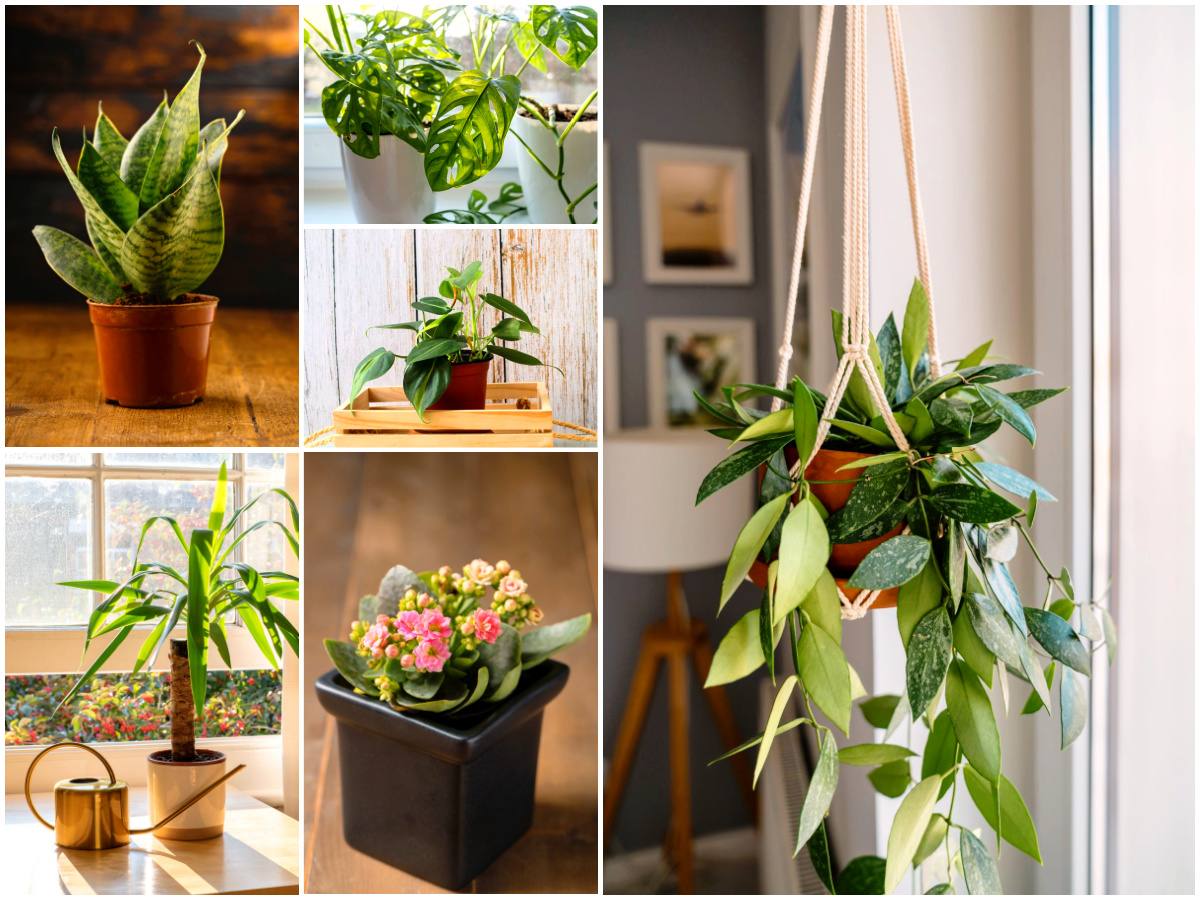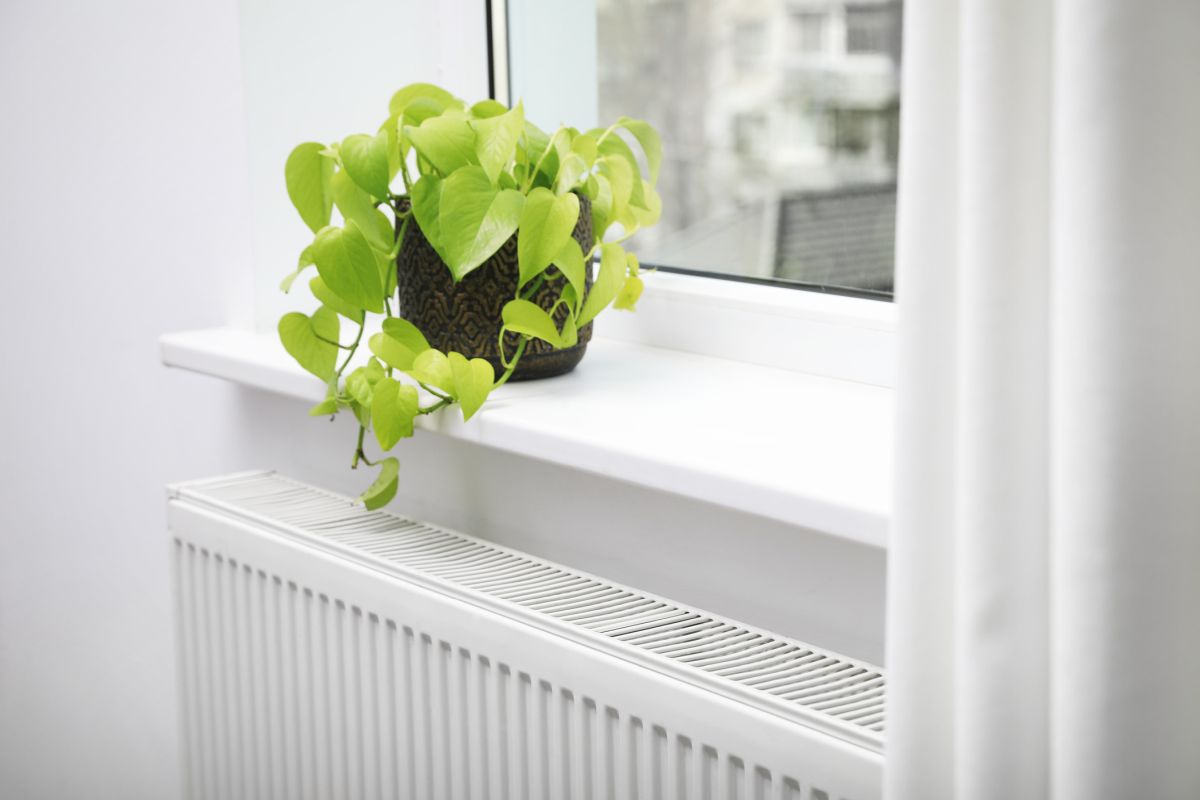Pitcher plants from the Nepenthes genus are one of the most interesting types of houseplants to be found in the hobby. They also have a certain air of mystery: how do you keep them alive? Luckily, pitcher plant care is not as difficult as some might think. That especially applies when you go for one of the easier species, one of which is Nepenthes ventrata.
This pitcher plant is one of the most popular, and for good reason! Even a beginner should be able to grow this excellent bug catcher.
Keep reading for everything you need to know about Nepenthes ventrata care and growing this pitcher plant in your own home.
| Name(s) (common, scientific) | Pitcher plant, tropical pitcher plant, monkey cups, Nepenthes x ventrata |
| Difficulty level | Medium |
| Recommended lighting | Plenty of light |
| Water | Keep moist |
| Soil type | Carnivorous plant soil |
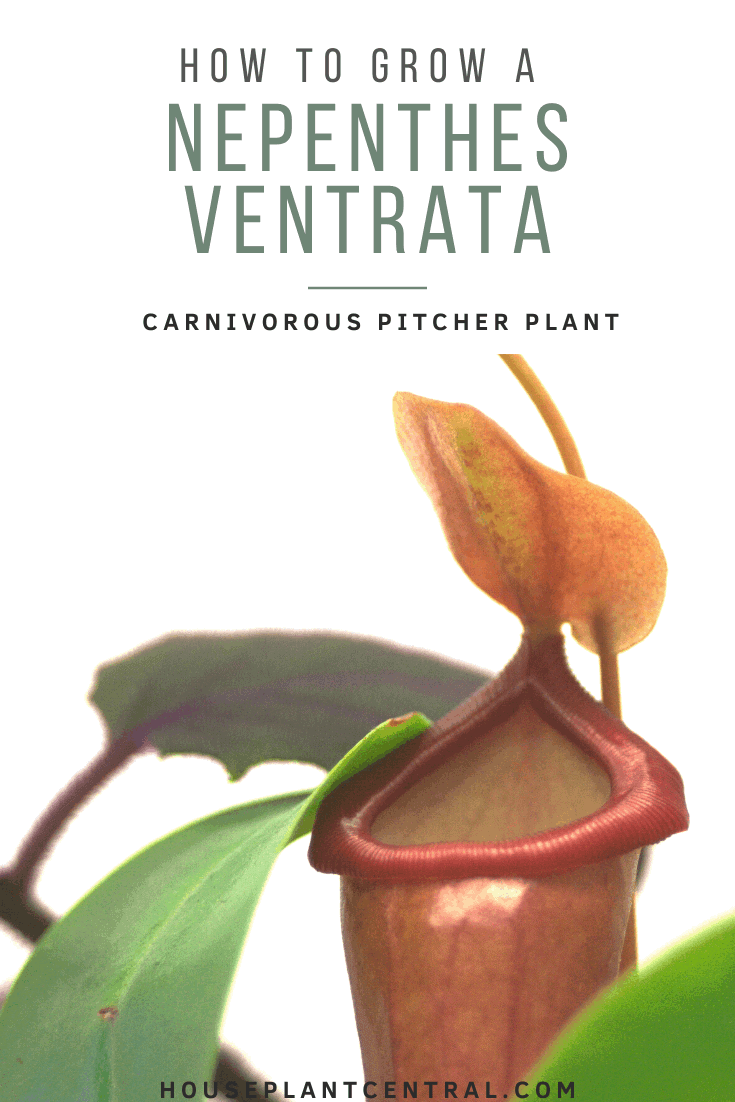
Pitcher plant care
An important thing to remember when it comes to Nepenthes care is that there are two types of these pitcher plants: highland and lowland. This refers to the areas the plants naturally grow in. Highland Nepenthes like cooler nights, whereas lowland plants prefer stable, relatively high temperatures all the time.
Nepenthes ventrata is a cross between two pitcher plant species, Nepenthes ventricosa and alata. The first is a highland species, the second a lowland one. That means ventrata is a bit of an inbetween species. It can take a wider range of temperatures and should be less fussy than some other tropical pitcher plant species. Yay!
If you’re a beginner in the world of pitcher plants, this is probably a good one to start with.
Nepenthes ventrata light, location & temperature
Light
Light is an important factor in growing all (carnivorous) plants and Nepenthes ventrata is no exception. This pitcher plant will really appreciate receiving plenty of light. It can handle direct sun relatively well as long as it’s introduced slowly. A South-facing window should work well.
Red or brown leaves are a sign of too much light. Take a bit more time to introduce the plant to the higher light levels or go for a less bright spot.
Artificial light
A light-starved Nepenthes will often drop its pitchers and stop growing. Not what we want here! If you don’t have any windows in your home that supply enough light for your Nepenthes ventrata to thrive you might want to try artificial lighting.
Even one or two simple, cheap fluorescent lights can be of great help.
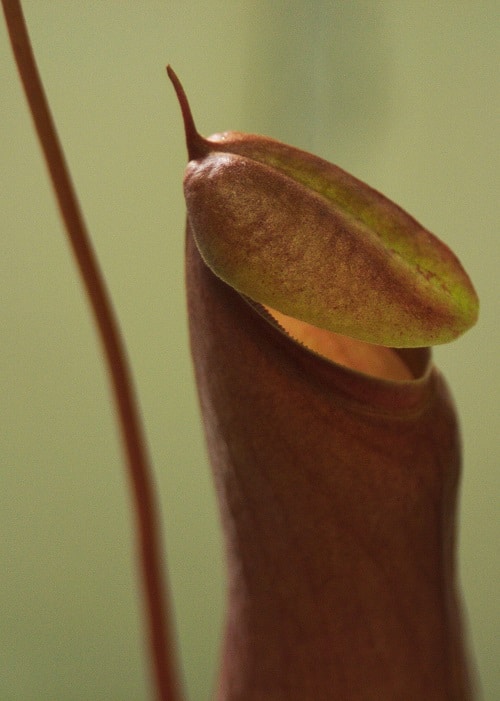
Location
Although Nepenthes ventrata is less fussy about humidity than some of its cousins it still likes a relatively humid environment. It will appreciate being placed in one of the more high-moisture rooms of the house, like the bathroom or kitchen. If that’s not an option a humidity tray consisting of a saucer with some pebbles and a layer of water can also help.
If you live in an area that gets warm summers (or even stays warm year-round) another option is to just place your Nepenthes outside.
Temperature
Nepenthes ventrata does just fine at room temperature. If you’re growing this pitcher plant outside be sure to bring it in when things start getting too cold.
Although it can handle quite a wide temperature range anything below 50 °F/10 °C will result in damage for your Nepenthes ventrata.
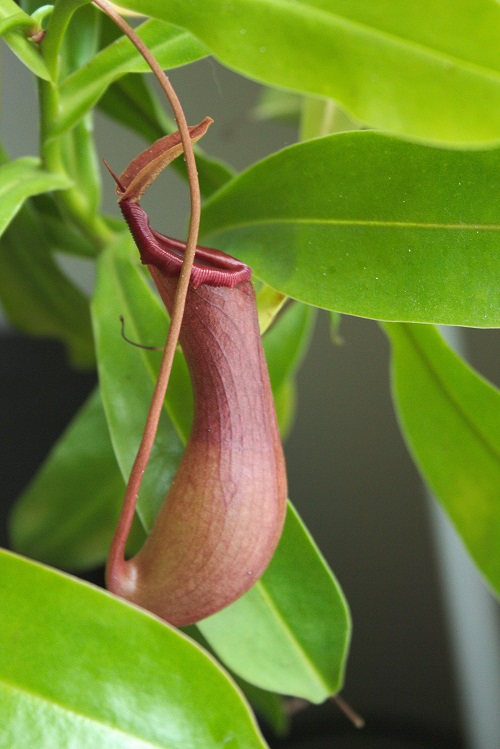
Nepenthes ventrata soil and planting
If you’re looking to replant your Nepenthes ventrata, it’s important to keep in mind that carnivorous plants like this one don’t thrive in the same soil types that most other houseplants like.
- Like all carnivorous plants, Nepenthes pitcher plants have adapted to catch nutrients themselves using their own insect death traps.
- The above means they don’t need nutrient-rich soil like other houseplants – in fact, potting soil can kill them.
- A light, airy potting mix that stays moist and doesn’t contain any nutrients should work much better. Don’t let that intimidate you! The right mix isn’t difficult to achieve at all.
- Nepenthes ventrata can be planted in a mix of 50% spaghnum moss and 50% perlite.
- Some hobbyists also use other ‘ingredients’ like bark, peat moss, coconut husk or silica sand.
- Whatever you plant your pitcher plant in, be sure to repot once the medium starts breaking down.
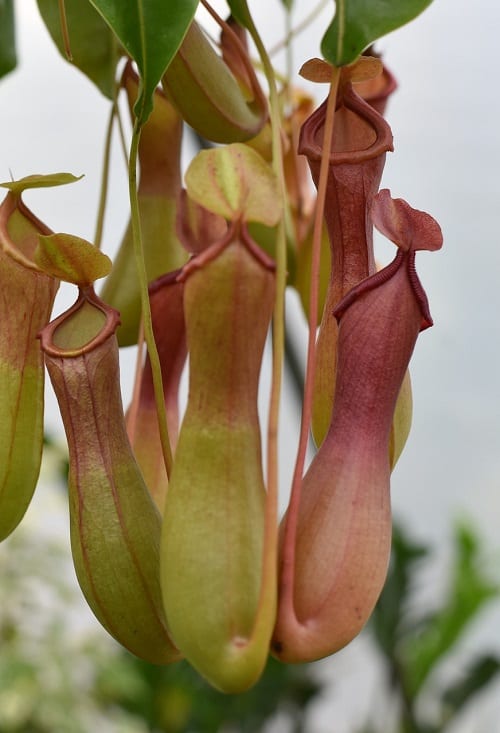
Watering Nepenthes ventrata
Watering is another aspect of tropical pitcher plant care that causes many plant deaths. Although Nepenthes is a little less particular about its water than many other carnivorous plants, distilled/demineralized water or rainwater is still preferable. Tap water has a high mineral content, something that carnivores don’t respond well to.
Nepenthes ventrata is quite forgiving when it comes to watering. It technically prefers to be kept moist at all times, but can survive being forgotten now and then.
Your exact watering schedule depends on the amount of light the plant is getting, although watering two times a week should be a good start.
Feeding Nepenthes ventrata
As discussed earlier, Nepenthes ventrata uses its cup-like pitchers to catch its own food. In the wild the irresistible nectar on the neck of the traps attracts all sorts of bugs and, in rare cases, even mammals and small birds.
This means pitcher plants don’t need additional fertilizer – in fact, it might kill them unless you are very careful about what and when you feed. If you’re not sure, just avoid fertilizer altogether. You can find more specific info about using plant fertilizer for your Nepenthes here.
If your Nepenthes ventrata outside it should be able to catch plenty of food by itself. Pitcher plants that are kept indoors might need a little more help. You can try feeding small amounts of ants, crickets or even fish food, but be sure not to overdo it. Too much food can turn into a pretty nasty soup inside a pitcher and cause rot.

Propagating Nepenthes ventrata
Propagating Nepenthes is really very easy and can be done through stem cuttings just like with most plants. Just wipe a knife or some scissors with alcohol and cut the tip off the mother plant to make a cutting. No worries: the original plant will regrow just fine.
Once you’ve obtained your cutting, you can choose to leave it as is or divide it into even more cuttings. After all, each one only needs a single node and a leaf or two to survive and regrow.
Place the cutting(s) into a planter with a suitable, lightly moist soil medium. At this point, many growers prefer to give their brand new Nepenthes ventrata plants a little boost by placing the pot in a plastic bag to create a mini greenhouse and ensure they don’t dry out. Keep the plant like this until it has rooted.
Buying Nepenthes ventrata
Nepenthes ventrata is one of the more common types of pitcher plants available in the hobby. If you stumble upon a pitcher plant in your local plant store there’s a good chance it’s a ventrata, but unfortunately most of these plants aren’t properly labeled.
They are often referred to as “monkey cups” or just “tropical pitcher plants”, which isn’t very helpful when trying to identify them. Try to remember that Nepenthes ventrata pitchers are usually dark red at the top and lighter red at the bottom, although specimens that haven’t received enough light can show some green as well. Their pitchers are not quite straight but not quite as bulgy at the bottom as some other species.
If you want to be sure you’re receiving an actual Nepenthes ventrata, it’s usually easiest to find an online seller like this one. You can also try to get a cutting from a fellow hobbyist, although that might be a bit more of a hassle.
Is Nepenthes ventrata toxic to cats and dogs?
Although like most plants Nepenthes ventrata will cause your pet’s stomach to become upset if ingested, it is not toxic.
Be sure to keep this pitcher plant out of your cat’s reach; those dangling pitchers are irresistible to them. A mess waiting to happen!


